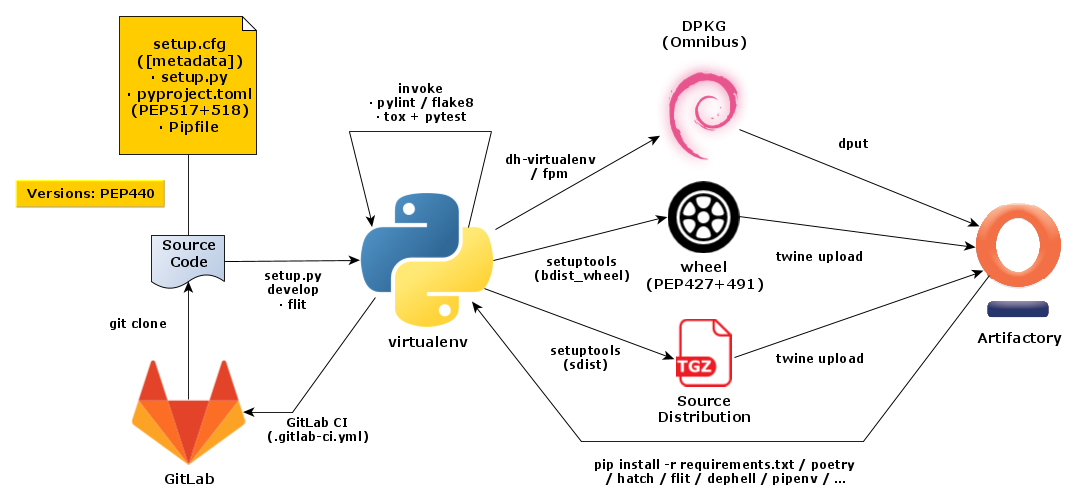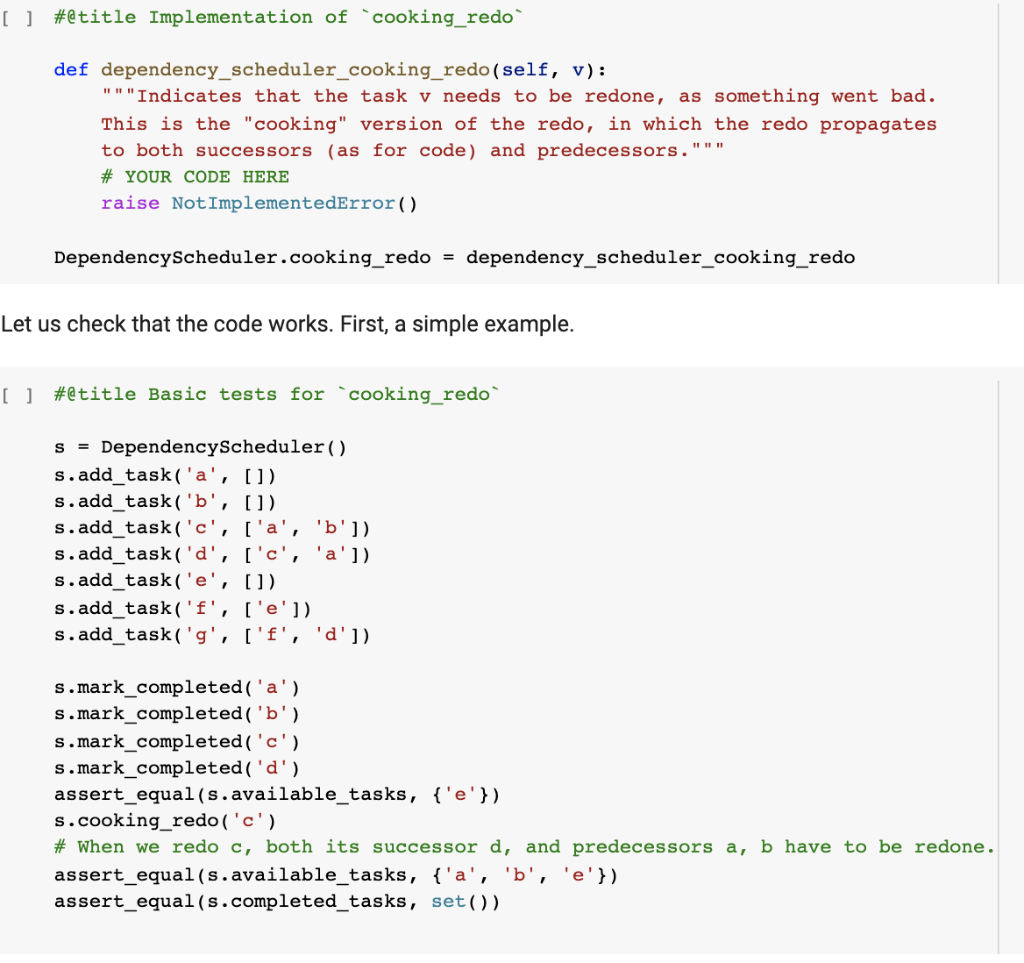
May 01, 2015 Here is how to configure Task Runner in Visual Studio Code to run a.py file. In your console, press Ctrl + Shift + P (Windows) or Cmd + Shift + P (Apple). This brings up a search box where you search for 'Configure Task Runner'. Luckily, with Task Scheduler, you can now run your Python script to execute periodic tasks every day/week/month/year depending on your needs. In this tutorial, you will learn how to run task scheduler to web scrape data from Lazada (eCommerce) website and dump it into SQLite RDBMS Database. This is a quick glimpse to run your script automatically!
Released:
TaskRunner
Photo by Jamie Street on Unsplash. Dell display manager. By reading this piece, you will learn how to use the concurrent.futures library to run tasks asynchronously in Python. It is a better alternative to the threading and multiprocessing classes in Python due to the fact that it implemented both Thread and Process with the same interface, which is defined by the abstract Executor class.
- For every task created by the producer an entry is made in the database with a flag NotStarted, Running, Completed, Failed, and so on. At any point task workers (say a never-ending python program) will query this DB and look for incomplete tasks and start running it. It is a simple implementation but it has its own disadvantages.
- For every task created by the producer an entry is made in the database with a flag NotStarted, Running, Completed, Failed, and so on. At any point task workers (say a never-ending python program) will query this DB and look for incomplete tasks and start running it. It is a simple implementation but it has its own disadvantages.
Project description

taskrunner runs your methods until they stop failing.
Motivation
taskrunner is a crude way to force your methods to complete. This isparticularly useful when functions can be expected to throw exceptionsbut shouldn’t stop execution. Effectively, taskrunner catches allexceptions and makes sure that the result is not in a list of excludedreturn values.

Usage

Release historyRelease notifications | RSS feed
Download files

Download the file for your platform. If you're not sure which to choose, learn more about installing packages.
| Filename, size | File type | Python version | Upload date | Hashes |
|---|---|---|---|---|
| Filename, size task-runner-0.0.1.tar.gz (3.1 kB) | File type Source | Python version None | Upload date | Hashes |
Python Task Runner Code
CloseHashes for task-runner-0.0.1.tar.gz
| Algorithm | Hash digest |
|---|---|
| SHA256 | 2e8d9e9a3cbebfe9e073dcbad36002f8e93c3ee8582fb39f43aff8fe5c21f3c5 |
| MD5 | 4b168d2476278517d9dd7e4728ae61b5 |
| BLAKE2-256 | f36ab171152cb11e758b99ebbe04c49deaa8d453325d5d9de163b248e2e125fd |
This website covers project information for Invoke such as the changelog,contribution guidelines, development roadmap, news/blog, and so forth.Detailed usage and API documentation can be found at our code documentationsite, docs.pyinvoke.org. Additionally, theproject maintainer keeps a roadmapon his website.
Please see below for a high level intro, or the navigation on the left for therest of the site content.
Python Task Runner 2
What is Invoke?¶
Python Task Runner Free
Invoke is a Python (2.7 and 3.4+) task execution tool & library, drawinginspiration from various sources to arrive at a powerful & clean feature set.
Like Ruby’s Rake tool and Invoke’s own predecessor Fabric 1.x, it provides aclean, high level API for running shell commands and defining/organizingtask functions from a
tasks.pyfile:From GNU Make, it inherits an emphasis on minimal boilerplate for commonpatterns and the ability to run multiple tasks in a single invocation:
Where Fabric 1.x considered the command-line approach the default mode ofuse, Invoke (and tools built on it) are equally at home embedded in your ownPython code or a REPL:
Following the lead of most Unix CLI applications, it offers a traditionalflag-based style of command-line parsing, deriving flag names and value typesfrom task signatures (optionally, of course!):
Like many of its predecessors, it offers advanced features as well –namespacing, task aliasing, before/after hooks, parallel execution and more.